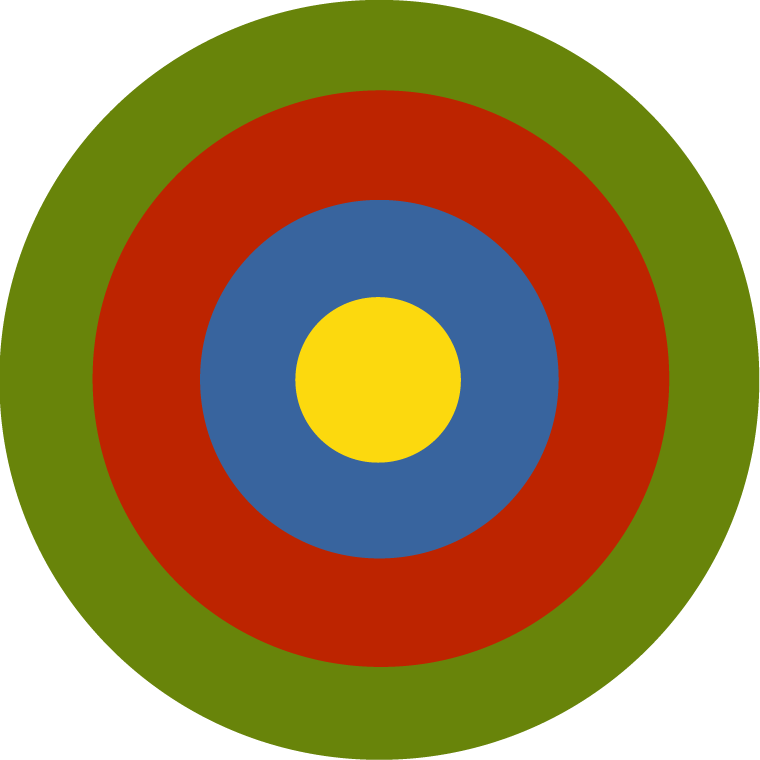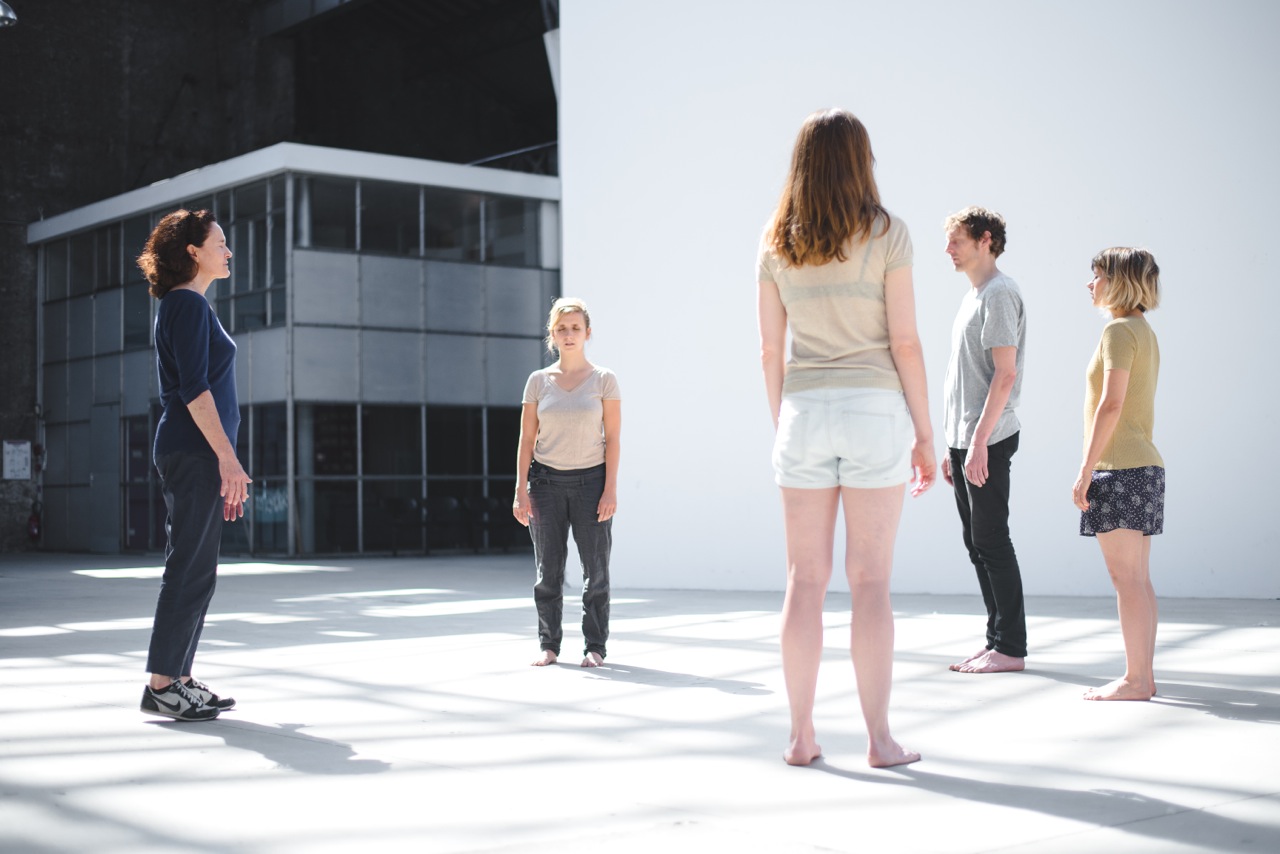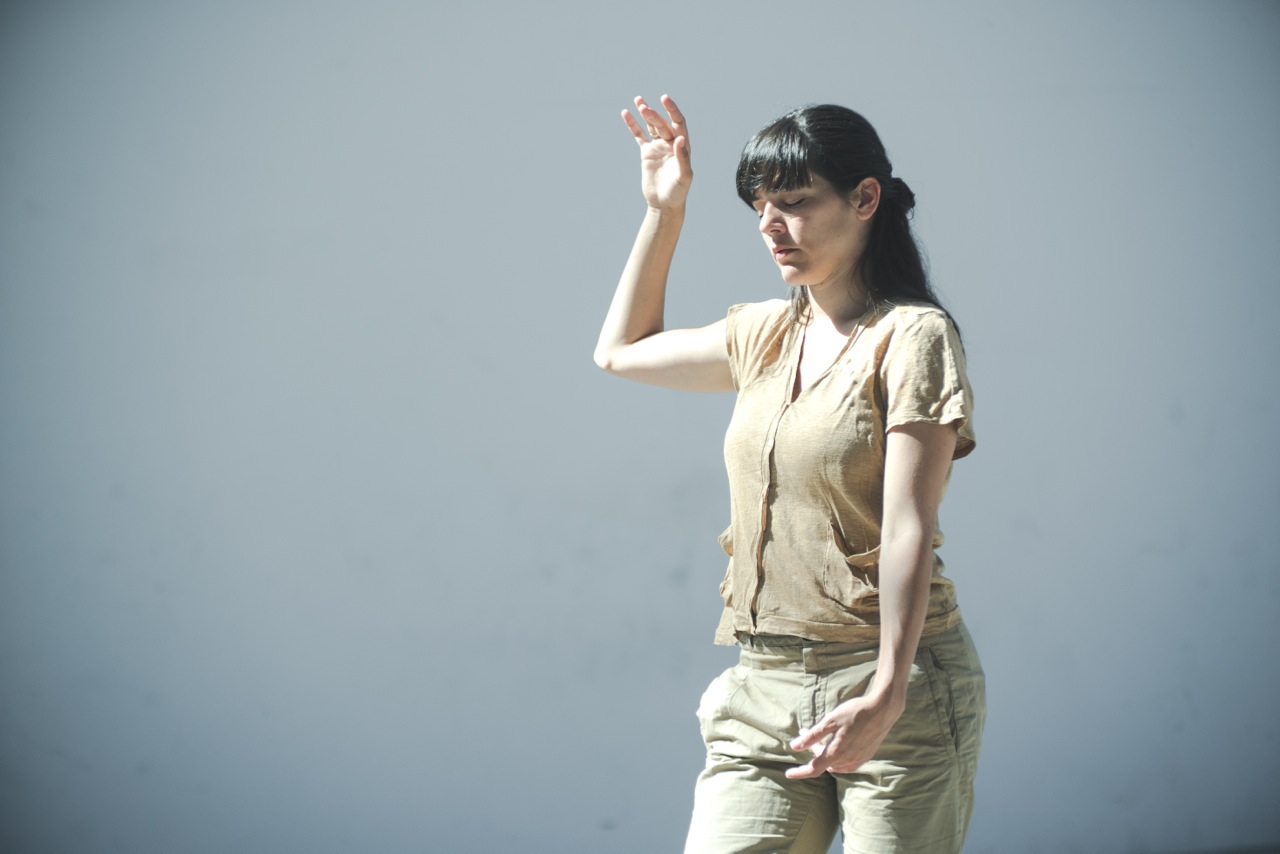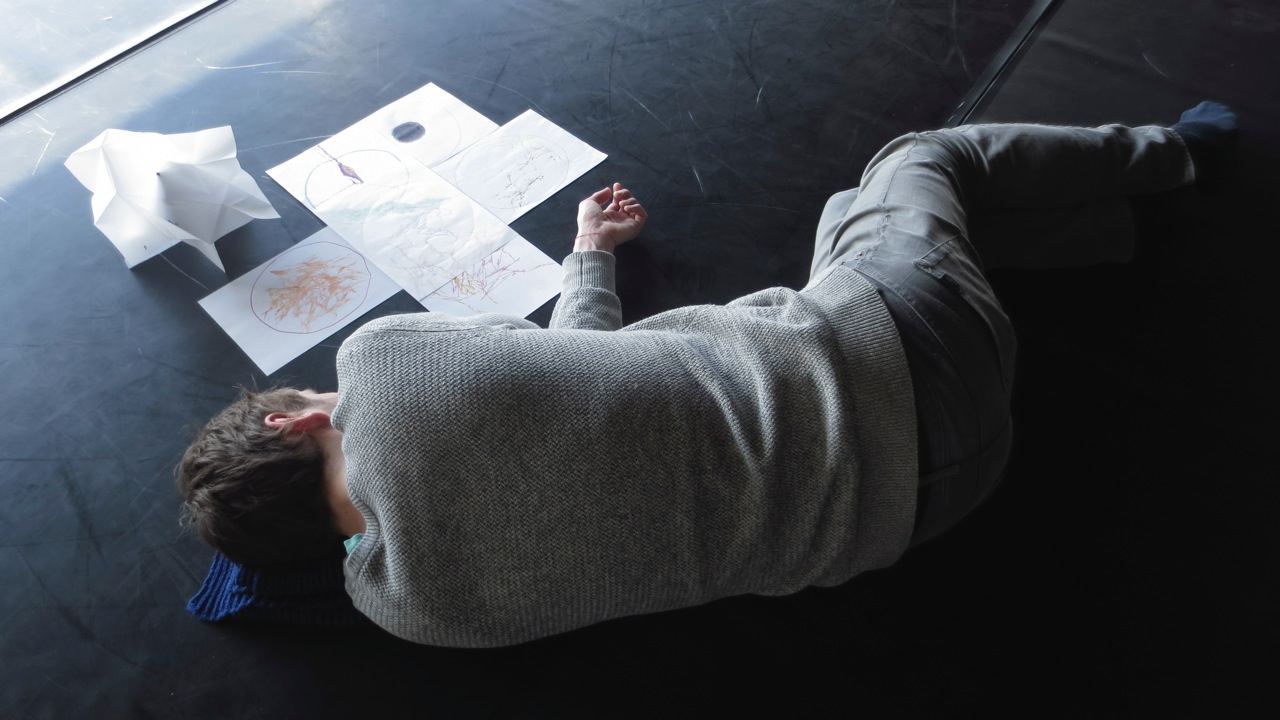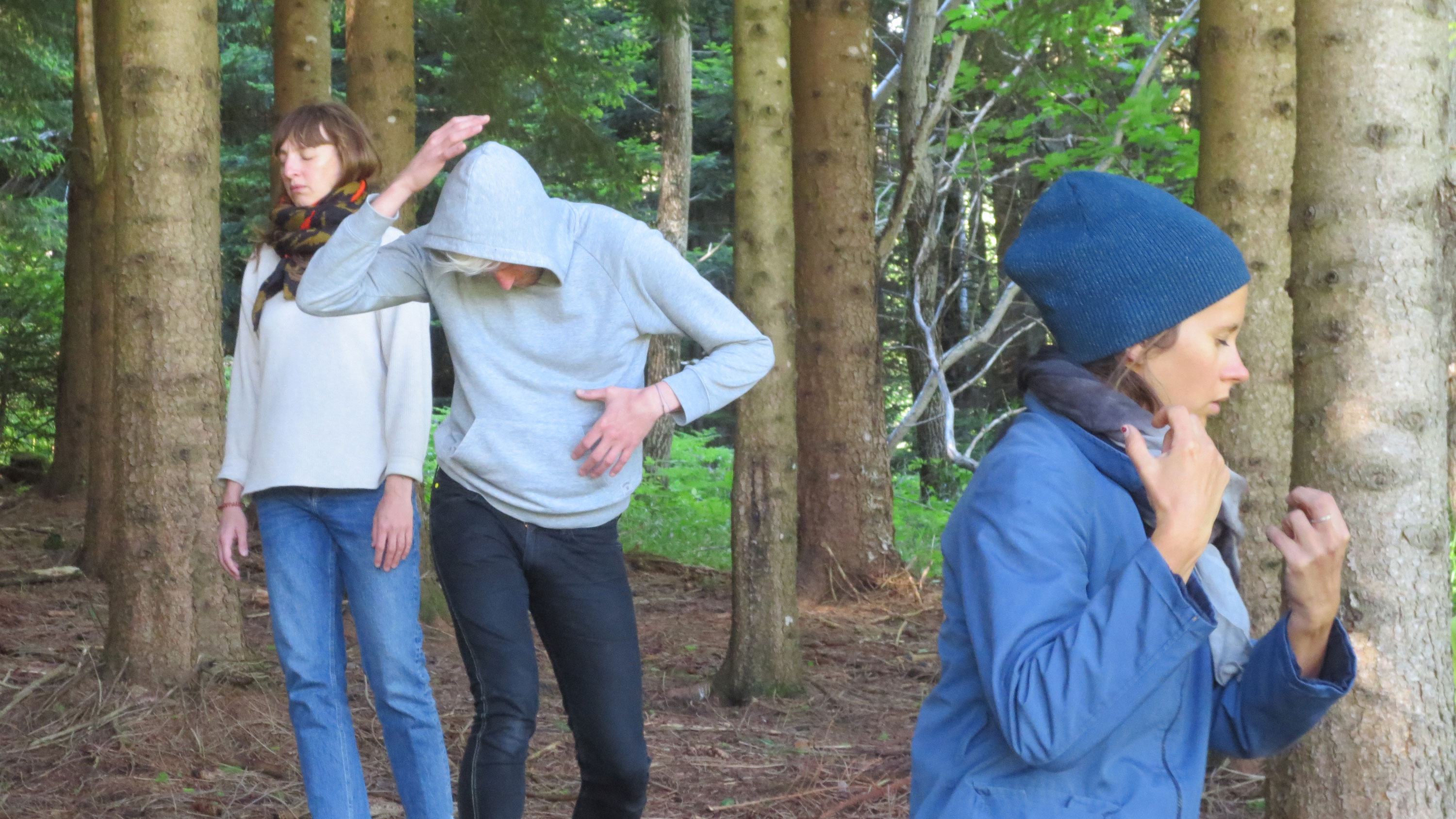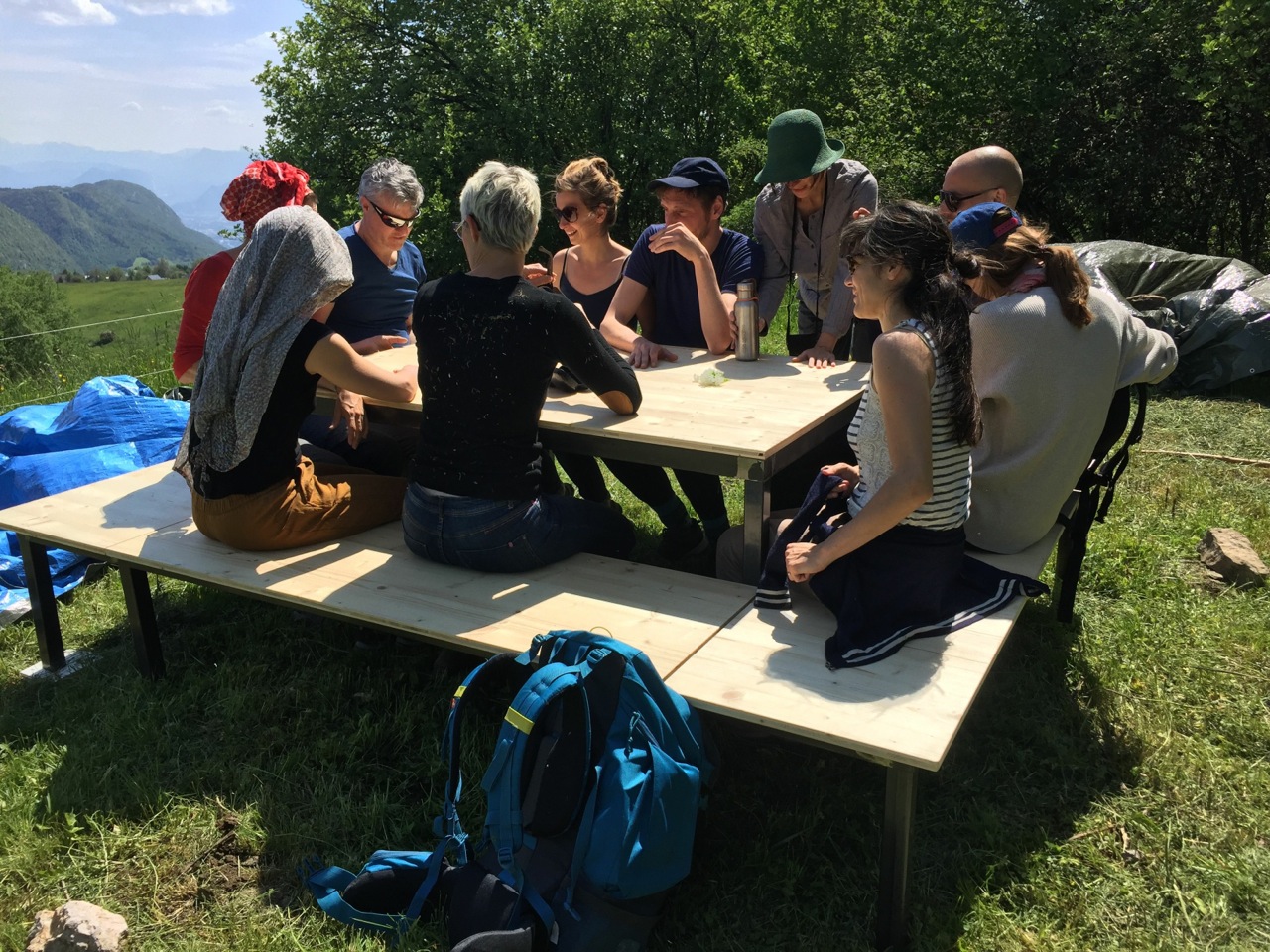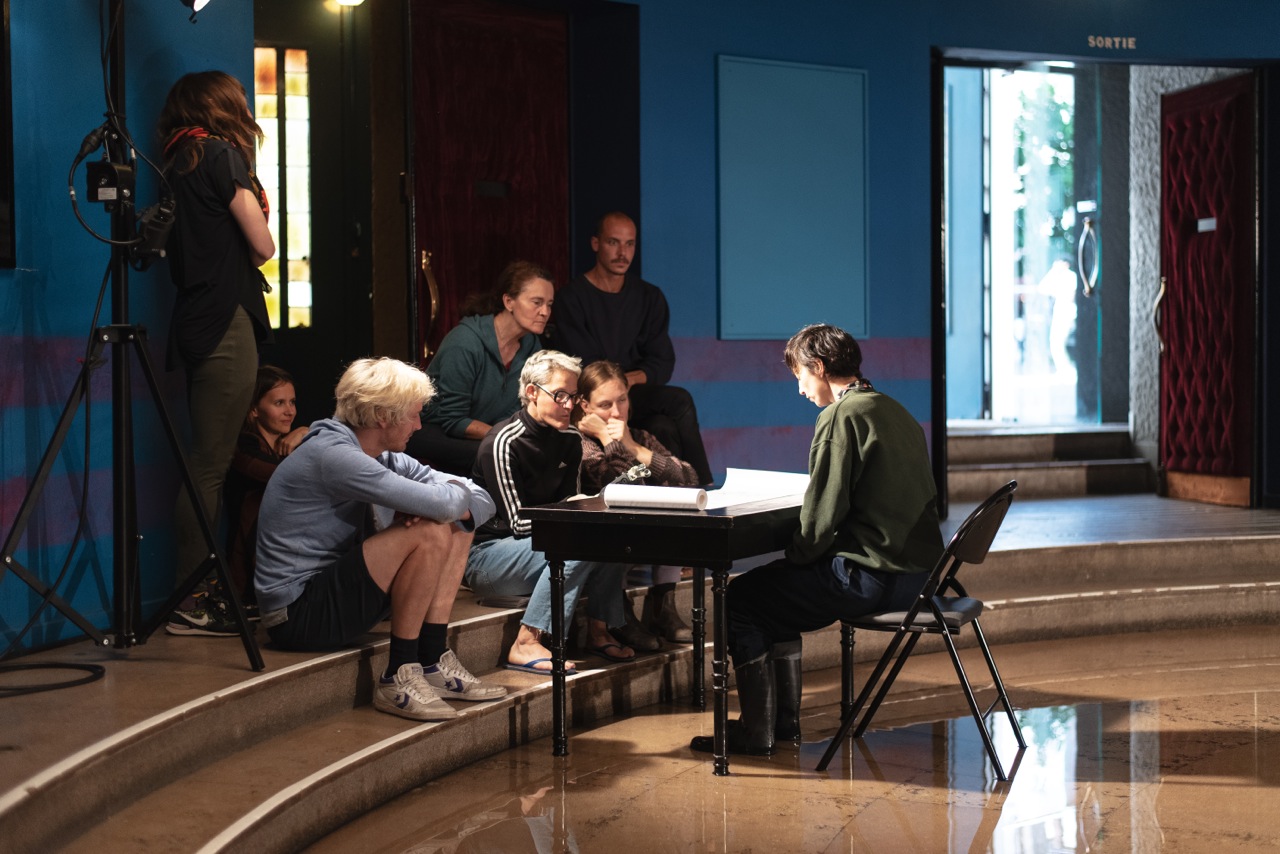Artistes et enseignants-chercheurs
Nina Santes, Lou Abramovici (danse) et ponctuellement : Myriam Gourfink, Jennifer Lacey, Loïc Touzé, Laurent Pichaud
Patrick Najean (électro-acoustique), Lambert Colson (cornemuses, cornet muet)
Depuis 2016, une équipe s’est constituée au sein des Bains:
Alexandre Da Silva, Sonia Delbost-Henry, Marie Fonte, Marie Lise Naud, Marie Papon, Jonathan Schatz (danse), rejoints en 2020 par Katia Petrowick
Bertrand Gauguet (saxophone alto et son), Anne-Laure Pigache (voix)
Loren Capelli (tracés), Mathieu Bouvier, Niels Najean (film, photo)
Anne Boissière – Professeure à l’université de Lille en esthétique et philosophie de l’art (département arts), membre du Centre d’Etude des Arts Contemporains qu’elle a dirigé de 2008 à 2012.
Julie Perrin – Maître de conférence au département danse de l’université Paris 8 Saint-Denis et membre du laboratoire Discours et Pratiques en Danse.
Pascal Rousseau – Professeur d’histoire de l’art contemporain à l’Université Paris I Panthéon-Sorbonne, commissaire d’expositions « Sous influence. Résurgences de l’hypnose dans l’art contemporain » (2006) et « Cosa mentale. Les imaginaires de la télépathie dans l’art du XXe siècle » (Centre Pompidou Metz, 2015). Ponctuellement :
Romain Bigé – Agrégé de philosophie et danseur
Céline Eidenbenz – Historienne de l’art, directrice du musée d’art du Valais à Sion
Hervé Brunon – Historien des jardins et du paysage, directeur de recherche au CNRS (Centre André Chastel, Paris)
Partenaires
The 40Neuf association is supported by partners who back research in a variety of ways, on a long-term or occasional basis.
DGCA (Paris), DRAC Auvergne-Rhône-Alpes, Conseil Général de l’Isère, Ville de Grenoble, Gaité lyrique (Paris), Fondation Royaumont, Le Pacifique-CDCN de Grenoble, CCN puis CCN2 de Grenoble, CCN de Caen, Musée de la chasse & de la nature (Paris), Musée d’art de Sion (Suisse), Prohelvetia, Dôme Théâtre à Albertville, Institut Français de Paris et Ville de Grenoble (pour un séjour au Japon en 2018), Sanctuaire de Dazaifu (Japon), Fondation Martell (Cognac), Lam–Musée d’art moderne et d’art brut à Villeneuve d’Ascq, Lieues (Lyon), Saint Pierre (Beaumont-en-Diois), Honolulu (Nantes).
En 2021 : Grand théâtre de Grenoble, L’Esssieu du Batût (Lozère), Ramdam (Rillieux-la-pape), Musée des arts de Nantes, Sanctuaire de Dazaifu (Japon).
Catherine Contour a bénéficié de l‘Aide à la recherche et au patrimoine du Centre national de la danse (2010-11), du programme Hors les murs Institut français (2014).
